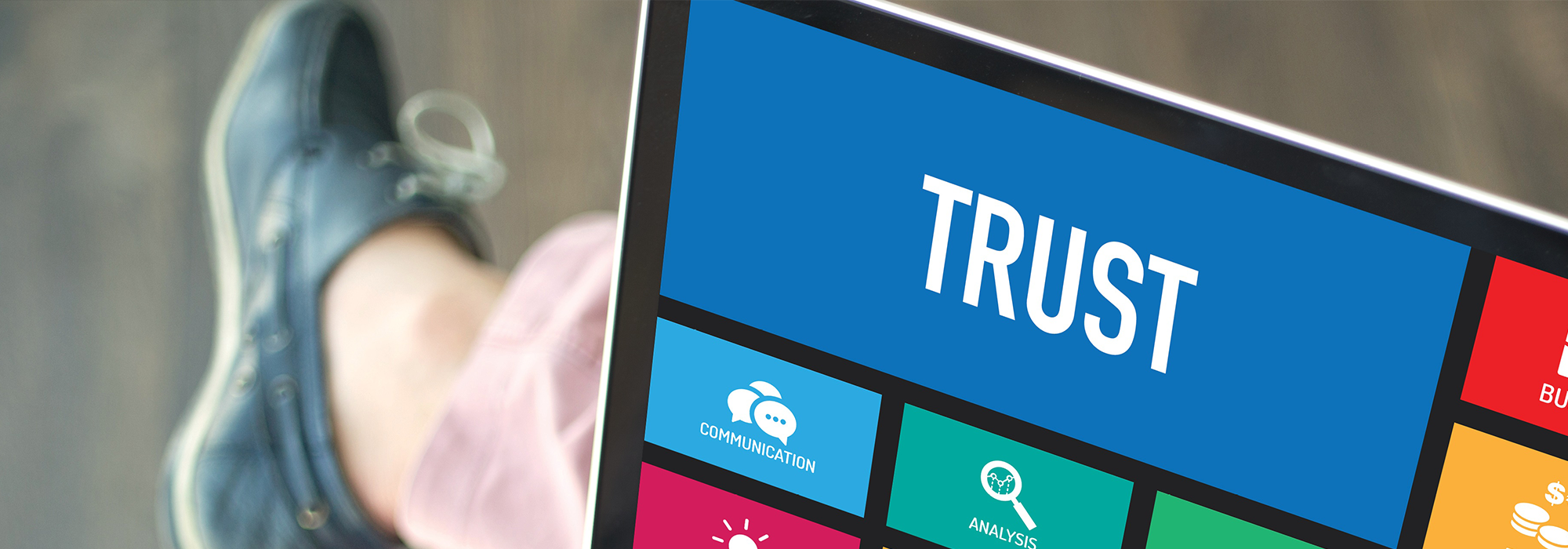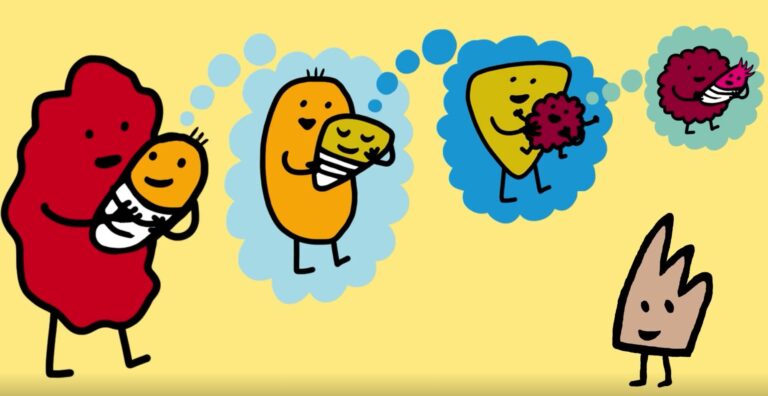As far as mainstream media is concerned, 2016 will be remembered as the year that print media ran out of runway, as the transition-to-digital bluff was called. It’s clear there is no reliable digital business model for online publishing. The recent round of mass layoffs at Medium has only underscored that even the digital-only ad-supported initiatives are a fool’s errand.
In short, journalism is in a huge crisis. That’s not a novel observation. But as the business has collapsed over the past decade, we have tended to think of the crisis in terms of raw numbers – newsroom headcounts, number of layoffs or buyouts, and so on. But recent developments, in particular the growing problem of fake news, have made it clear that there’s another dimension to the crisis – the de-institutionalization of journalism.
Journalism has always resisted professionalization. Unlike, say, surgeons or chartered accountants or architects, journalism has resisted creating a guild-style accreditation system or body that would be responsible for setting and maintaining standards and determining who qualifies. Partly it’s for cultural reasons. Journalists have long cultivated a sort of working-class vibe and a healthy anti-elitism.
Yet journalism, for most of its history, has been solidly institutionalized. That doesn’t just mean journalism has traditionally taken place within large corporate structures, although that’s a big part of it. It also means that it was embodied in various broader social and legal mechanisms of trust, responsibility, and accountability.
That’s why simply working for a news organization was just about the only formal accreditation needed by a journalist. The barriers to entry for all the major journalism formats — print, TV, radio — were always so high, there was little to worry about in the way of fly-by-night publishers. A journalist was just someone who worked for a media organization that had formal and effective procedures for ensuring transparency, accuracy, correction of errors and basic accountability, and this fact alone provided a considerable degree of what we might as well call consumer protection.
Then along came the internet, blogging platforms, social media, smart phones with cameras and video and editing and publishing apps, and suddenly anyone on the street has more publication power, in terms of platform diversity and potential audience reach, than the entire New York Times newsroom of just 25 years ago. Add to this the cult of the “citizen journalist” and the now-discredited late-1990s cant about the democratizing power of the internet, and you get people seriously claiming that “everyone is a journalist.” (For comparison, imagine claiming that widespread access to sharp knives suddenly makes anyone a surgeon, or the fact that a phone has a built-in spreadsheet app makes everyone an accountant.)
What this means in practice is that journalism has been effectively de-institutionalized because those consumer protections are no longer in place. There is no longer any way of ensuring that we can trust the news.
The problem of fake news
The initial and possibly most difficult problem with fake news is one of definition. In a New Yorker piece late last year entitled Solving The Problem of Fake News, Nicholas Lemann opened by stating: “What we are now calling fake news – misinformation that people fall for – is nothing new.”
He’s right, fake news is not a new phenomenon: Donald Trump and Stephen Bannon didn’t invent it. But it’s completely unhelpful to reduce fake news to misinformation that people fall for. If that were true, every single episode of Three’s Company could be analyzed as a case study in fake news. (If you think that’s unfair, note that Lemann himself lists Viola disguising herself as a man in Twelfth Night as an instance of the phenomenon.)
As it stands, a cottage industry of fake news has sprung up, dedicated to devising little folk-taxonomies of fake news. Most follow a spectrum from honest mistake through to sloppiness, torqued or biased reporting, raw propaganda and, finally, full-on fake news, such as the claim that Hillary Clinton was running a child sex ring out of a Washington pizza joint.
It’s this last type — the extreme and unadulterated form of fake news — that concerns us here, because it’s parasitic on the de-institutionalized character of online journalism. There have been a number of jaw-dropping exposés written lately about the fake news industry. In some cases it’s literally guys in sweatpants sitting on a couch making stuff up, writing their fabrications as a news story, complete with dateline, byline and quotes, and putting it on the internet, where it bobs along with all other newsy-looking items out there, competing in the same ecosystem for the same scarce resources.
Washington Post public editor Margaret Sullivan gave fake news the pithiest definition when she described it as “deliberately constructed lies, in the form of news articles, meant to mislead the public.” The fact that it takes the form of news stories, in a media ecosystem designed to obscure the institutional character of the publisher, is what makes it so dangerous and difficult to deal with.
Indeed, the key part here, and what distinguishes fake news from propaganda, is that it takes the form of news articles. And this is where the de-institutionalization starts to bite: online, every article, in a sense, is on an equal footing. In the great democracy of the world wide web, a URL is like currency. Anyone’s URL is as good as anyone else’s. The comparison with currency, and the broader analogy between counterfeit news and counterfeit money, is actually quite deep, and the similarities suggest a possible route towards an effective policy-based solution to the problem.
Re-institutionalizing journalism
Many people are familiar with Gresham’s Law – the idea that in a situation where counterfeit currency is circulating widely and trading at par with the authentic form, “bad money drives out good,” and the more valuable, genuine, currency will disappear from circulation.
Not as well known as Gresham’s Law, but more interesting for our purposes, is a phenomenon called Thiers’ Law. Thiers’ Law states that when the bad money becomes so debased that it’s effectively worthless, there is a flight to value, no matter how marginal, and people seek out the authentic currency. The flight to good money drives out bad, and Gresham’s Law starts to work in reverse. For Thiers’ Law to work, though, there must be a way of distinguishing good money from bad, and they must not trade at par – good money must have a value premium.
The question then is whether it’s possible to make fake news run similarly backwards. Could we make it so that trafficking in the fake news business becomes effectively worthless, while the production and consumption of real news is rewarded, and has a value premium? The trick is to figure out a way of re-institutionalizing online journalism in a way that will mimic or rehabilitate the trust-building character of pre-internet media outlets.
The simplest method would be for the government to institute a top-down, state-enforced licensing or accreditation system for journalists or media outlets. It’s the simplest but also the most problematic, for any number of fairly obvious reasons having to do with the role of a free press in a democratic society. A related proposal would be to have giant platforms such as Facebook and Google take charge of dealing with fake news through filters, or their own licensing or accreditation protocols, but this would suffer from the same difficulties, only worse for being in private hands.
Any viable approach to nullifying the Gresham’s Law impact on news, and re-institutionalizing real-news journalism, has two definite requirements. It will have to be both organic and open, in a way that allows any media outlet – from large legacy outlets to digital-only startups and citizen journalists – to become voluntarily institutionalized.
Second, real news has to be made more valuable than fake news to all the relevant stakeholders – the producers, publishers, advertisers and consumers.
One promising line of attack is something called The Trust Project, founded a year and a half ago and based out of Santa Clara University. With 70 or so media partners, its goal is to develop “trust indicators” that will signal to audiences that a given article is real, as opposed to fake, news. These indicators include things like the posting of an institutional ethics policy, a clear mechanism for editorial accountability and error correction, transparency regarding the identities of editors, reporters, and sources, accepted fact-checking rubrics and so on.
What makes this approach so promising is that it’s aimed primarily at building trust in the audience. The genius lies in the fact that adherence to trust indicators can be embedded in a story’s meta-data, which can then be picked up by filters at any level of distribution or consumption – search engines, social media platforms, apps or browsers. Finally, and perhaps most importantly, this meta-data can be identified and used by advertisers or ad-serving networks.
If the government is looking to assist in the battle against fake news, it could offer subsidies or tax breaks to companies that advertise with outlets that adhere to specified trust indicators. Ultimately, by sending appropriate value signals to every link in the chain of news production and consumption (i.e., consumers, producers, publishers and advertisers) and making sure that authentic news has a value premium whatever the context, the embedded trust indicators could help turn Gresham’s Law of news into Thiers’ Law, and quite quickly chase fake news from the field. Journalism would thereby become virtually re-institutionalized, and we would be well on our way to restoring credibility and integrity to online news.
This article is part of the special feature The Future of Canadian Journalism.
Photo: Shutterstock.com
Do you have something to say about the article you just read? Be part of the Policy Options discussion, and send in your own submission. Here is a link on how to do it. | Souhaitez-vous réagir à cet article ? Joignez-vous aux débats d’Options politiques et soumettez-nous votre texte en suivant ces directives.












